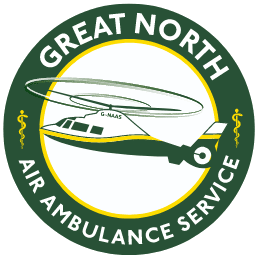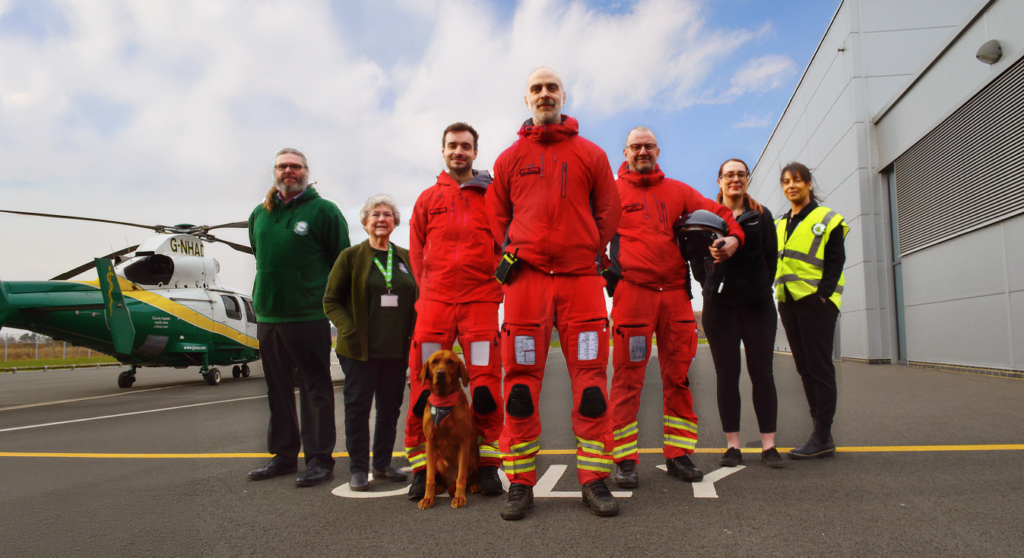Jordan has been part of GNAAS’ operations team for over two years and, before that, worked in the North East Ambulance Service dispatch centre.
Here he gives us a behind-the-scenes look at what a typical day as a GNAAS dispatcher looks like…
Being a dispatcher at GNAAS is a crucial role—it’s all about keeping a close eye on emergency calls and making those all-important decisions about where we go and who needs us the most.
6 am
Rise and shine! A quick shower, a grab of the essentials, and I’m out the door, ready to start the day.
7:25 am
I arrive at HQ and head straight to the operations room. First things first—powering up two computers with four screens each. One shows all the incoming 999 calls, and the other helps us log call-outs, track the aircraft, and keep an eye on the weather.
With a few minutes to spare, I make a beeline for some crumpets and a cuppa before the night shift team hands over.


7:55 am
Time for admin! I fire off our daily staffing update to local ambulance services and our neighboring air ambulance teams.
8 am
Day shift is officially in full swing, so I pull together our daily medical briefing.
8:30 am
The crew gets stuck into the morning briefings, covering medical updates and aviation details to make sure we’re all set for the day ahead.


9:30 am
Now it’s time to do what I do best – keeping a close watch on emergency calls and working out which ones meet our dispatch criteria.
11 am
Helimed 63, our North East-based helicopter, is called to a serious road traffic collision in Chester-le-Street. As they prepare for take-off, I arrange clearance for them to fly over Durham City.
11:15 am
The crew touches down on the scene and gets to work. Meanwhile, I keep scanning other emergency calls, always on the lookout for the next big job.
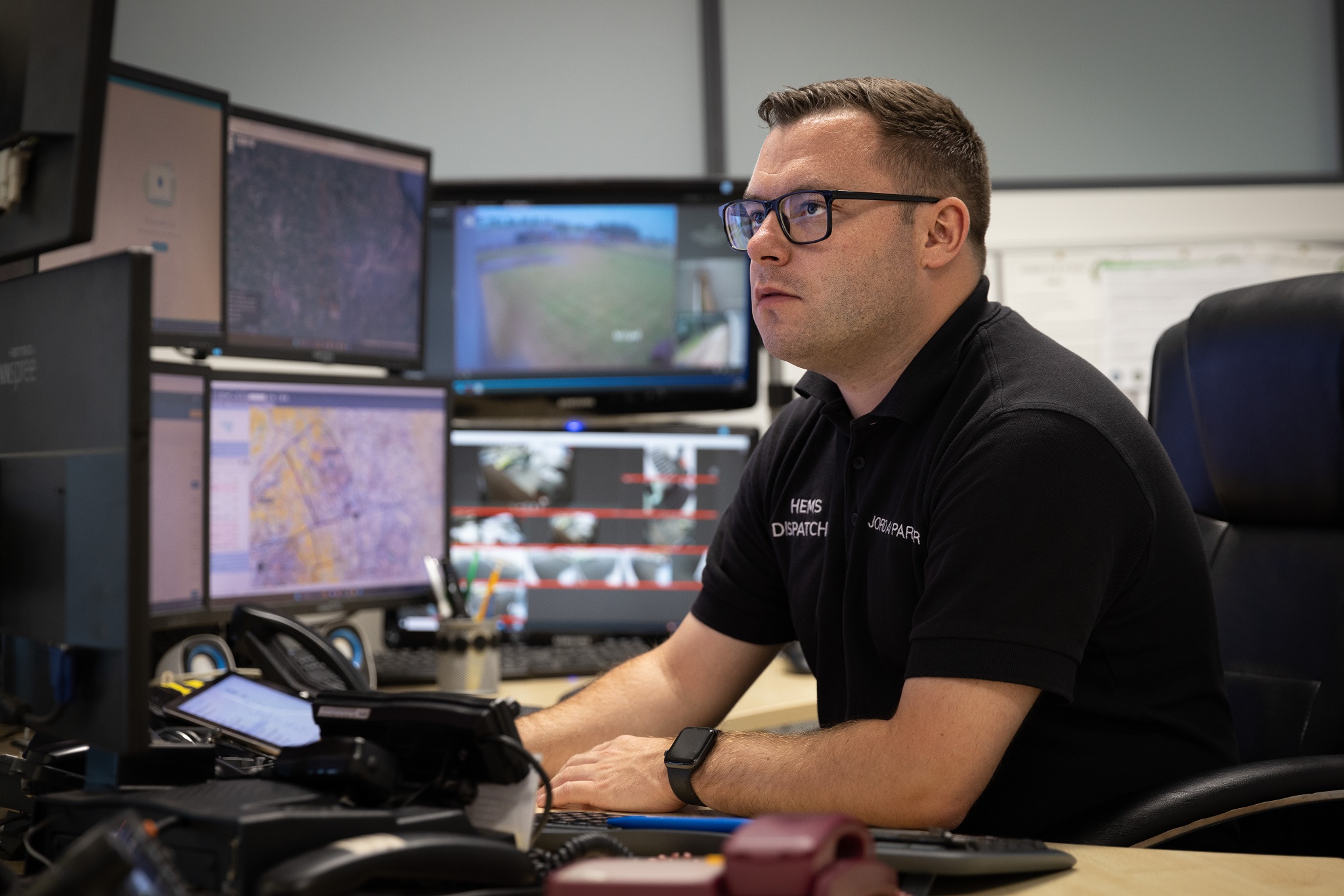

An update comes in – our team has started a blood transfusion and performed a pre-hospital emergency anaesthesia. I log the time (vital info for the hospital) and confirm that Helimed 63 is fully committed to this job.
11:40 am
I get a full rundown from the crew: patient age, incident time, injuries, observations, and treatment given so far. I pass all of this straight to the hospital so they’re prepped and ready.
11:42 am
With the hospital nearby, the patient is transported by road. This gives our crew more time to provide care in the back of the ambulance.
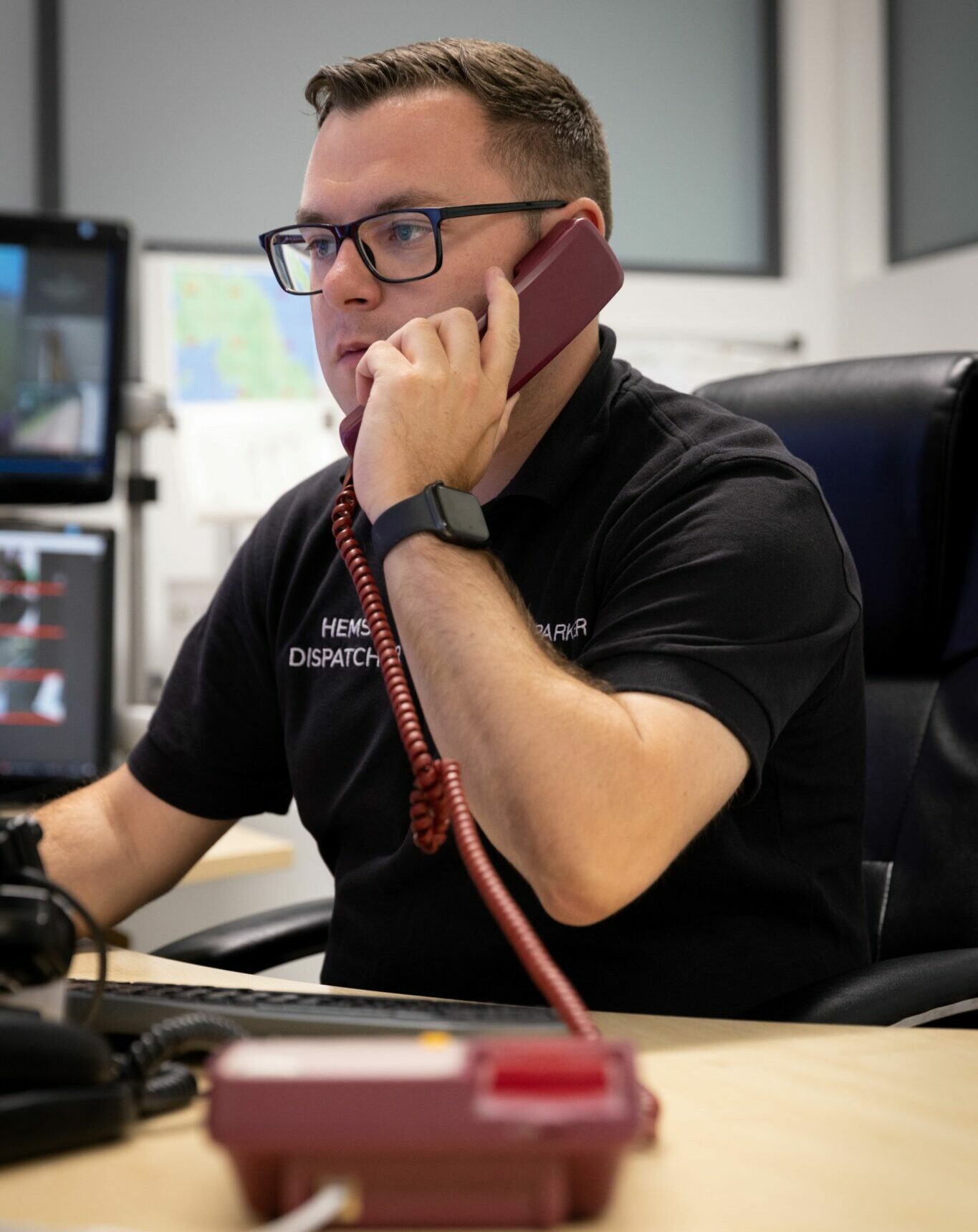

11:45 am
I ring the blood lab at the Royal Victoria Infirmary (RVI) in Newcastle to arrange a fresh supply for Helimed 63. The crew can either pick it up themselves, or Northumbria Blood Bikes will deliver it straight to our base.
11:50 am
Once the patient is safely handed over, the pilot flies solo to the RVI rooftop helipad to collect the crew.
1 pm
Radio check! The team calls in to say they’ve finished at the RVI, picked up the blood supply, and are en route back to base, ready for whatever comes next.
Helimed 58 is still available in the North West, covering Cumbria and the Isle of Man from Langwathby.
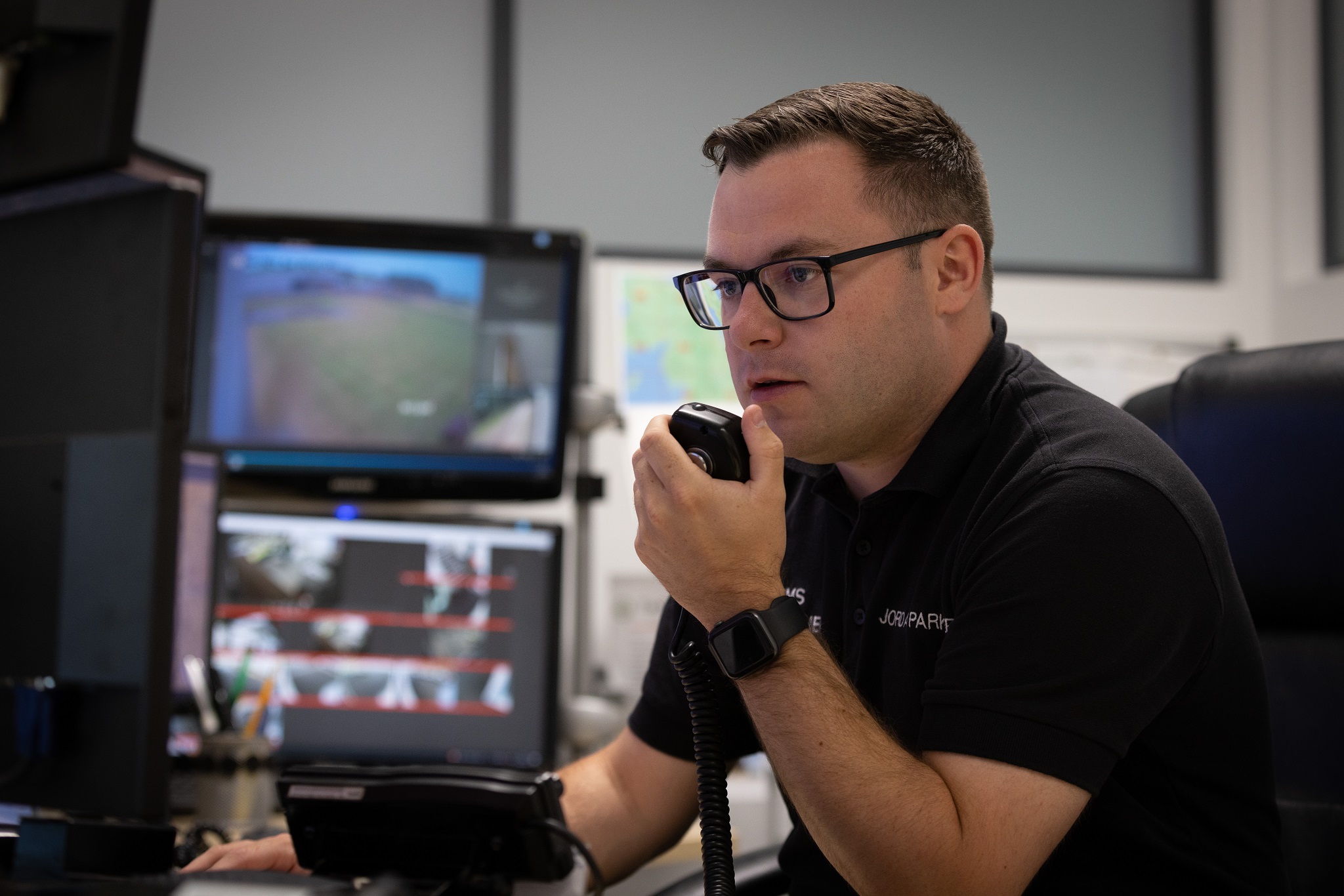

1:45 pm
Back at HQ, the crew restocks and preps for the next call.
2 pm
With the paramedic covering the desk, I finally get a break to grab some lunch.
4 pm
The afternoon is all about keeping an eye on calls and making sure we’re ready to respond in a flash.
5:30 pm
As the sun sets, the helicopters are grounded, and our rapid response vehicles take over for night cover. My role stays the same—only now, the crew is heading out on four wheels instead of flying. 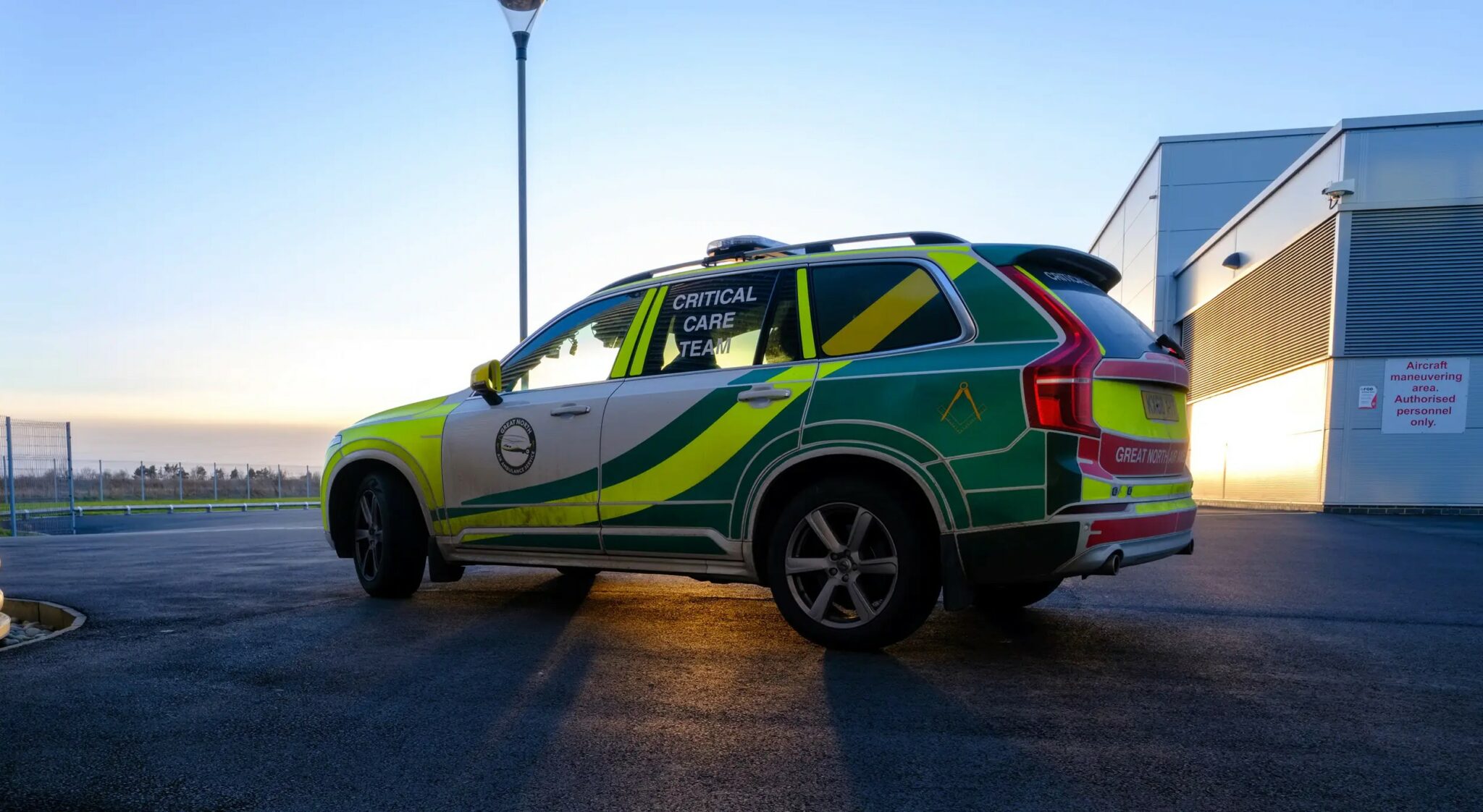

![]()
![]()
![]()
![]()
![]()
![]()
That’s a wrap! I hand over HEMS (Helicopter Emergency Medical Service) resources to the relevant ambulance services and start winding down.
8:05 pm
Time to head home, recharge, and get ready to do it all over again tomorrow!

